In the world of charcuterie, two undisputed stars stand out: ham and pork shoulder. These tasty dishes are enjoyed in many cuisines around the world. However, there are subtle differences between ham and pork shoulder, ranging from their texture and taste to how they are prepared. In this article, we'll explore the distinctions between ham and pork shoulder to help you better appreciate these charcuterie delights.
Origin and cutting
Ham usually comes from the hind legs of the pig, while pig shoulder is obtained from the forelegs. Both cuts are high in meat and fat, but they differ slightly in their intramuscular fat content and weight. Pork shoulder is often considered more marbled, meaning with a more even distribution of fat, which can give it a more tender texture and stronger flavor. In addition to that, the shoulder has less meat than the ham.
The method of preparation:
Ham and pork shoulder can be prepared in different ways, depending on the traditions and culinary preferences of each region. The ham is usually salted and dried, then sometimes smoked. It is also found in the form of cooked ham or raw ham, such as Paris ham or Parma ham. On the other hand, pork shoulder is often used to prepare roasted shoulders, braised shoulders or confit shoulders. You can also salt and dry it, like paleta ibérica.
Texture and taste:
Ham is generally distinguished by its firmer and denser texture. Its flavor can vary depending on the salting and curing methods used, ranging from a delicate and sweet taste to a saltier and more pronounced flavor. Pork shoulder, on the other hand, tends to be juicier and more tender due to its slightly higher intramuscular fat content. Its taste is often described as more robust and intense, particularly when cooked slowly, allowing the flavors to fully develop.
Culinary uses:
Ham and pork shoulder are versatile in cooking and can be used in many different ways. Ham is often sliced and enjoyed raw in sandwiches or charcuterie platters. It is also used in many hot dishes, such as quiches, pizzas, pastas and soups. Pork shoulder, on the other hand, is often slow cooked to become a succulent main dish. It is delicious when braised, roasted, candied or used to prepare traditional dishes like ham on the bone.



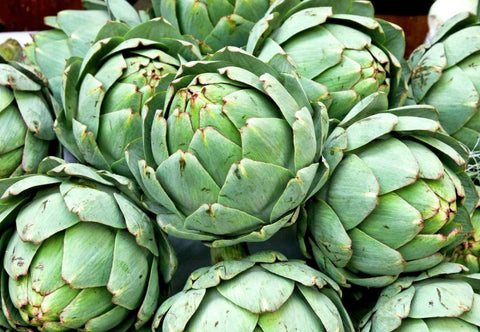
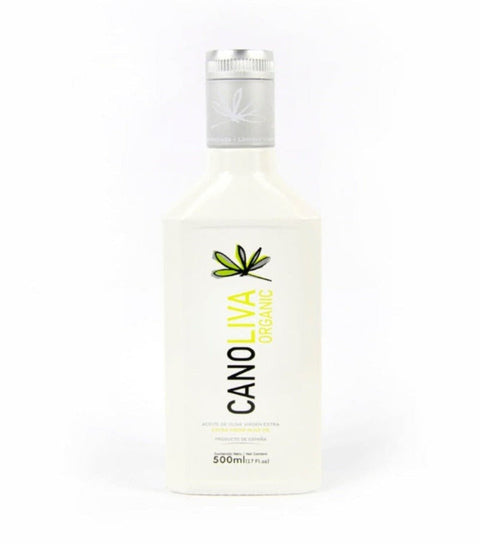
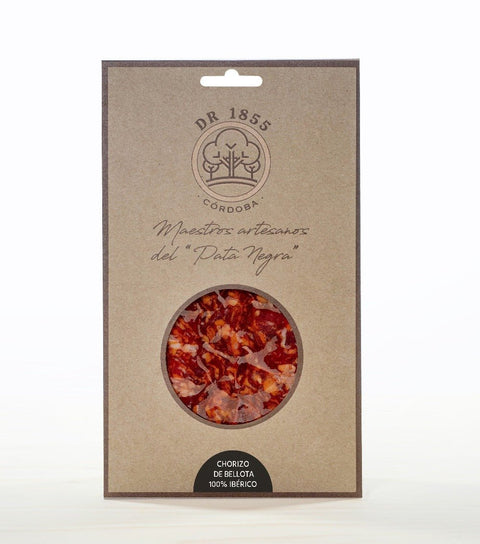
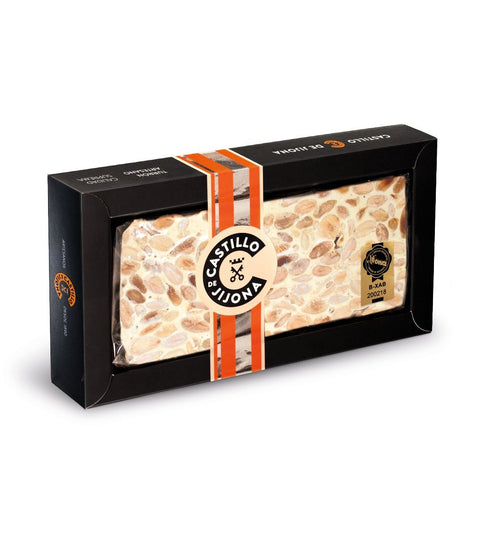
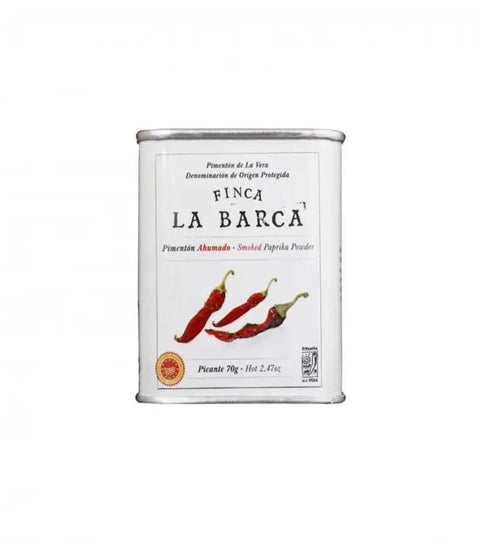
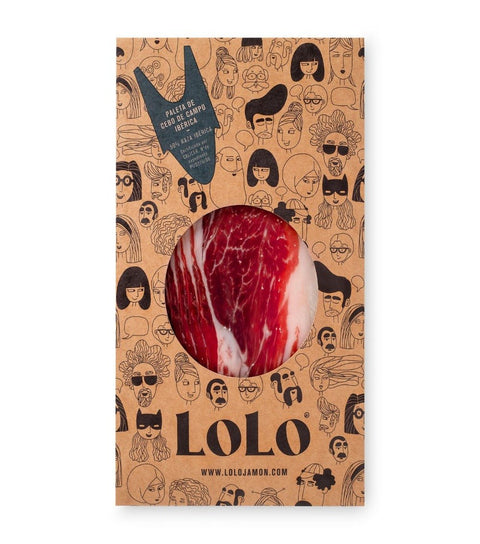
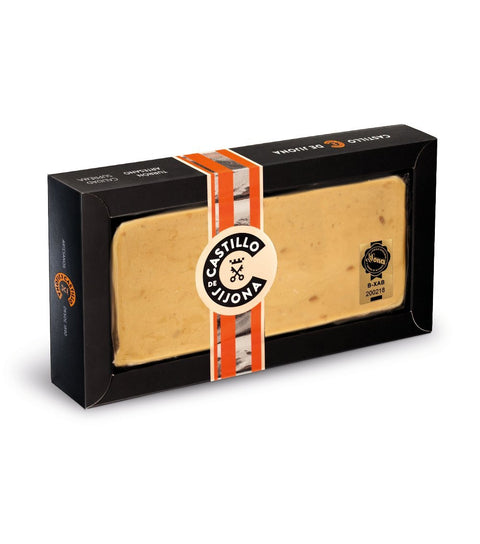
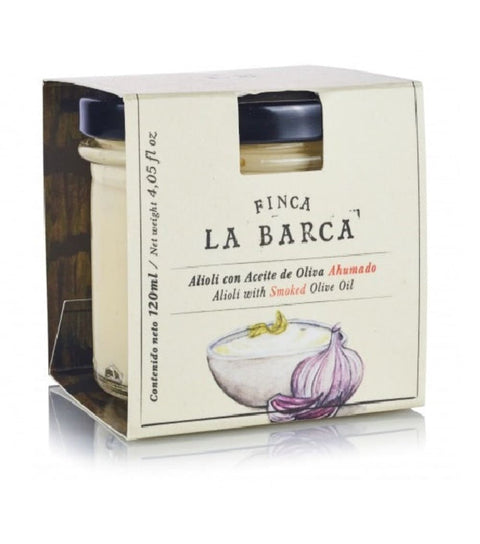
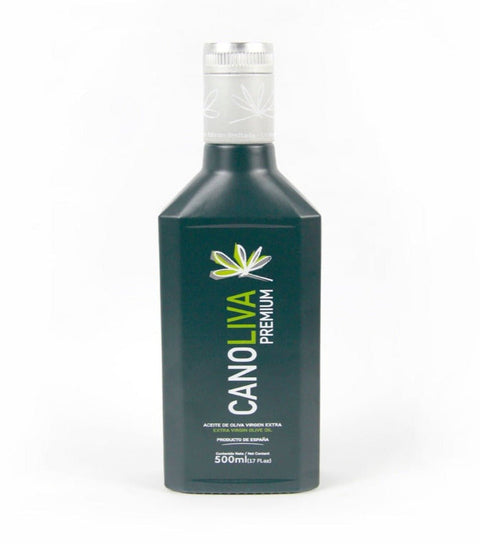
Comments (0)
There are no comments for this article. Be the first one to leave a message!